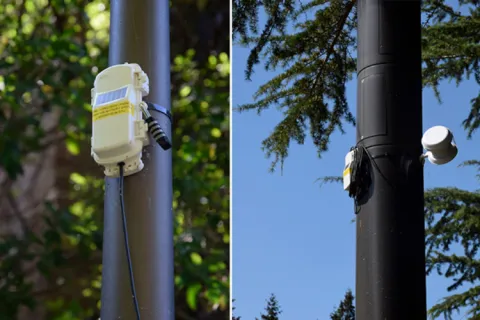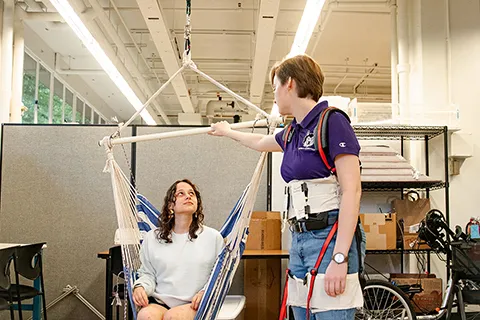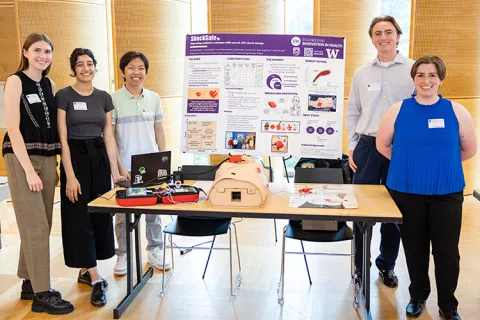Philips
Automatic Detection of Pediatric Patient for AED Application
Current Automated External Defibrillators (AEDs) have buttons or keys that the responder needs to invoke when the AED is attached to a pediatric patient (defined as < 25 kg). The button/key configures the AED so that the energy delivered is reduced to a level optimized for a pediatric patient. In some AEDs, the button/key also changes the algorithm that determines shock/no shock so adjustments are made for pediatric changes in ECG. The button/key also induces further configuration changes to the AEDs CPR instructions to accommodate pediatric patients (e.g., changes in compression depth for smaller patients). In some geographies, compressions are preferred over immediate defibrillation for pediatric patients and this may also be adjusted. It is often difficult for lay responders (non-professionals) to correctly identify pediatric patients. AEDs typically do not require knowledge of exact weight and actually state not to delay treatment for the exact weight determination. While current AEDs initiate a voice prompt when a button/key is invoked stating "pediatric patient," the voice prompt states "adult patient" if the button/key is removed. In a cardiac arrest emergency, it is difficult for a responder to remember to use the available button/key or to know if the patient is pediatric (25kg). Although pediatric cardiac arrest is rare compared to adults, this is a significant issue with impact on patients as well as responders. This student team worked to identify a solution to easily measure patient size or otherwise identify a pediatric patient. Potential solutions for mobile AEDs this student team worked to consider included identifying situational characteristics that suggest a pediatric rescue may be needed, such as an automatic identification of a scene where a pediatric patient may be more likely (e.g., summer camp, swimming pool). The student team also worked to consider a voice prompt that would only be issued during certain scenarios - so as not to slow down the rescue or confuse the responder - but that would prompt the user to consider pediatric mode. The solutions the student team worked to provide had to be easy to use and not delay treatment. The solutions also needed to minimize any situation where pediatric therapy is administered to an adult. Since most cardiac arrests are adults, the solution could not impair care for adults. The student team also worked to explore opportunities for further user testing, IP development, and commercialization. The student team worked to test the prototype for implementation, ease of use, risks to patient care and cost.
Faculty Adviser
Eric Seibel,
Research Professor,
Mechanical Engineering
Students
Cameron Mains
Jared Shing
Lily Nordyke
Lucia Piotraszewski
Sarina Vafa
Related News

Fri, 09/20/2024 | UW Civil & Environmental Engineering
Smarter irrigation for a greener UW
A new project combines satellite data with ground sensors to conserve water and create a more sustainable campus environment.

Mon, 09/09/2024 | UW Mechanical Engineering
Testing an in-home mobility system
Through innovative capstone projects, engineering students worked with community members on an adaptable mobility system.

Mon, 08/19/2024 | UW Mechanical Engineering
Students strive to ensure accurate AED shock dosage
ShockSafe, developed by students with the help of mentors from Philips and Engineering Innovation in Health (EIH), can distinguish between children and adults during cardiac arrest emergencies.

Wed, 08/07/2024 | Snohomish County News
Snohomish County, University of Washington partnership boosts efficiency in enterprise scanning center
UW Industrial and Systems Engineering Capstone Project set to save Snohomish County over $40,000 annually.